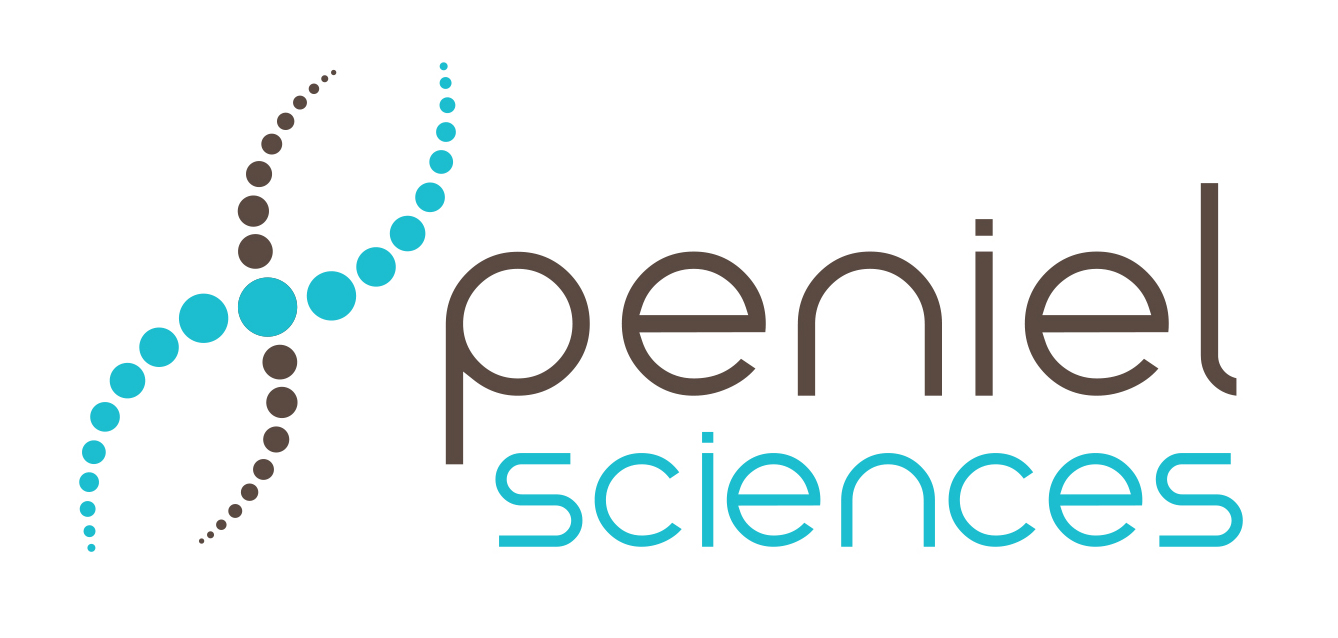Product Pipeline
PSA1: Melanoma Prevention
- Seeking effect treatments of melanoma is very hot in current era of science and technology. However, prevention of melanoma has been neglected.
- A natural amino acids made peptide, is a potent selective hMC1R agonist. It can be used effectively for melanoma prevention without any of side effects. Several other MC1R selective ligands invented and patented.
- Skin lightening market: This involves millions of people, especially in Asia including Japan, Korea, and China that spend billions of dollars on cosmetics to lighten their skin. Thus it appears that a billion dollar market awaits development of such a product.
Mechanism of Action
- Melanocyte stimulation hormones (MSH), also known as melanotropins are responsible for both skin and hair color.
- The melanocortin 1 receptor (MC1R) is a protein that can bind to MSH, and is known to regulate pigmentation for the skin.
- When MC1R is activated, it can trigger melanocytes to produce eumelanin, which is a type of melanin that can protect the skin from damage caused by UV radiation in sunlight.
- The γ-MSH is one of a family of MSH hormones that are released by skin cells in response to the damaging rays of UV radiation and have higher affinity for MC1R.
- PSA1 is a synthetic analog of γ-MSH modified to improve its properties (stability, selectivity and bioavailability).
- PSA1 internally stimulates photo-protection of human skin, it provides a more effective path to UVR protection and cancer prevention than the protection currently available from commercial chemical sunscreens (lotions, sprays, etc.) and it does not rely on multi or daily reapplications.











